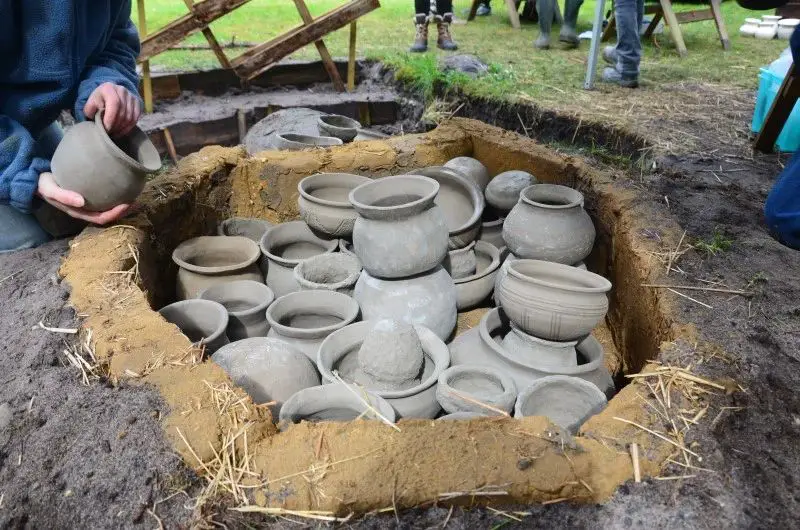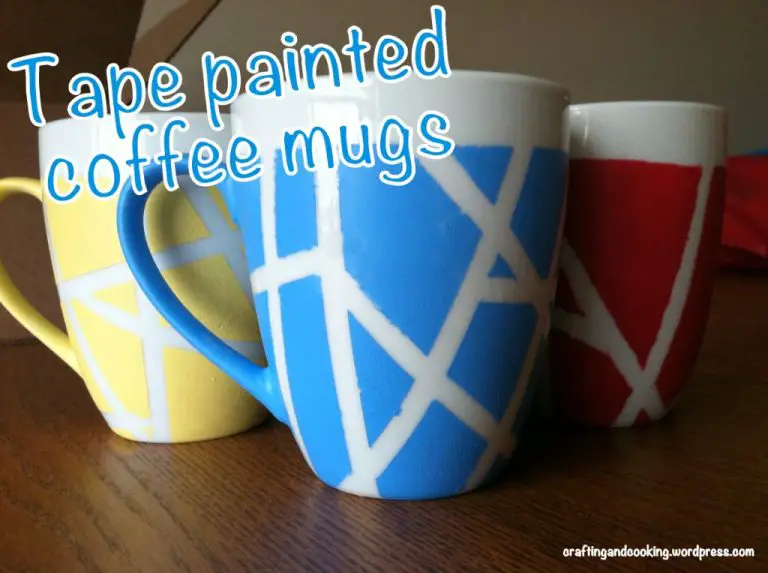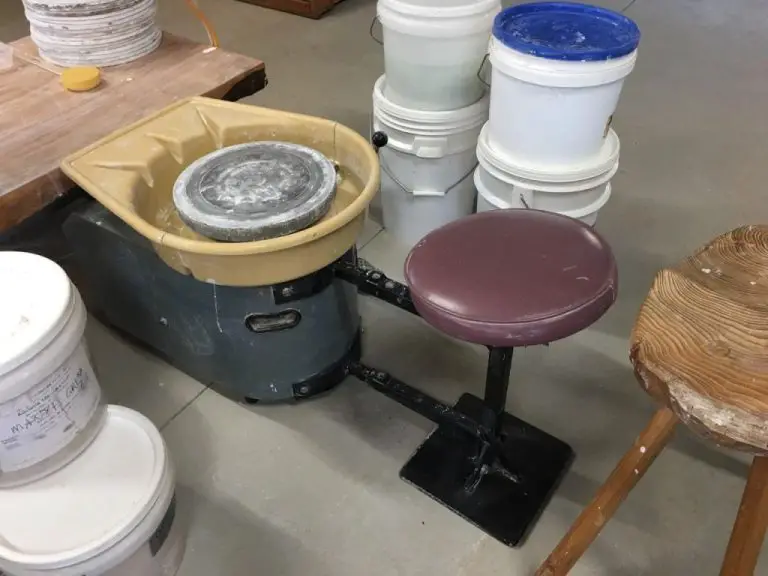How Do You Fire Clay In Vintage Story?
History of Firing Clay
The origins of firing clay date back to ancient times. Primitive pit firing techniques, consisting of burying pottery in hot coals in a pit in the ground, were used as early as 29,000–25,000 BCE in China and many other parts of the world [1]. These early pit firing methods allowed ancient peoples to produce stronger and more durable pottery vessels.
As civilizations advanced, more sophisticated kilns were developed to fire pottery and clay objects. The first known true kilns, consisting of a chamber for firing pottery at higher temperatures, date back over 5,000 years ago in South Asia, the Near East and China [2]. Over time, kiln technology continued to evolve in different regions, with new developments in kiln construction and design leading to better control over firing conditions.
Some major milestones in the history of kiln technology include the invention of the climbing kiln in China during the 5th century CE, which allowed firing at higher temperatures, and the development of the bottle kiln in Europe during the Middle Ages [2]. Innovations continued into the modern era, with the invention of gas and electric kilns allowing for precise control over firing.
Types of Vintage Kilns
Some of the most common types of vintage kilns used for firing clay include:
Wood-Fired Kilns
Wood-fired kilns use wood as the heat source during firing. Some benefits of wood firing include the ability to achieve unique atmospheric effects from wood ash and natural variation from inconsistencies in the fuel source. However, wood firing requires diligent stoking and monitoring to maintain appropriate temperatures. The type of wood used affects the firing atmosphere – hardwoods generally produce more ash while softwoods burn hotter initially (Source).
Coal-Fired Kilns
Coal-fired kilns provide intense, sustained heat perfect for high temperature firings. The coal must be continuously fed into the firebox during operation. Pros of coal firings include excellent heat retention and the ability to fire evenly. However, they require heavy labor and close monitoring. The composition of the coal affects results – bituminous coal burns hotter while anthracite coal produces less smoke (Source).
Gas Kilns
Gas kilns use propane or natural gas for clean, easily controllable heat. Gas kilns heat up and cool down rapidly. While gas firings can lack the atmospheric effects of wood or coal, the convenience and consistency make them popular for production potters.
Electric Kilns
Electric kilns offer a modern, convenient option without fuel requirements. Heating elements allow precise control over temperature during the firing process. However, electric kilns may lack the unique atmospheric effects of fuel-fired kilns. Their small size also limits the scale of work that can be fired.
Clay Body Preparation
Proper preparation of the clay body is an essential first step for successful firing results. The clay must have suitable properties to withstand the high temperatures and stresses of firing without cracking, warping, or deforming. According to ceramicartsnetwork.org, the three key properties to evaluate are plasticity, shrinkage, and porosity.
Plasticity refers to the clay’s ability to be shaped and hold its form. Higher plasticity clays have long clay particle chains that flex rather than break when formed. However, excessively plastic clays can become sticky and tear when working. The optimal plasticity depends on the desired shaping methods.
Shrinkage is the reduction in size as clay loses water during drying and firing. Higher shrinkage clays require careful drying to prevent cracks and must be fired slowly through quartz inversion. Typical stoneware shrinks up to 12%, while porcelain may shrink over 15%.
Porosity is the presence of microscopic holes that allow gases to escape during firing. More porous bodies release gases quickly, reducing firing defects. However, excess porosity weakens fired strength and can cause bloating if gases are trapped.
Clay can be prepared for handbuilding or wheel throwing through wedging, which blends and removes air pockets. For slip casting, the clay is mixed with water as a liquid slip. After shaping raw forms, they are dried slowly and evenly to completion before the firing process begins.
Loading and Stacking Ware
Properly loading and stacking ware is important for ensuring even firing and preventing defects. Here are some key considerations when arranging pots in the kiln:
Leave enough space between pieces for air circulation. Crowding can lead to uneven temperatures. A good rule of thumb is to separate pieces by at least 1 inch.
Place pieces so they won’t touch during firing as they expand from the heat. Items like plates, tiles, and flat pieces can be stacked, but leave small gaps between them.
Arrange pieces vertically, rather than laying flat, whenever possible. This allows heat to reach all surfaces evenly.
Place smaller and thinner pieces on upper shelves where temperatures are hotter. Put larger, thicker pieces on lower shelves.
Alternate the orientation of handles and spouts so they don’t all face the same direction. This promotes even heatwork.
Set pieces like mugs and bowls on stilts or props so the bottoms don’t overfire from direct contact with the shelf.
Stagger and overlap pieces like cups and bowls so one doesn’t shield the piece behind it.
Keep an eye on air vents and make sure pieces don’t obstruct airflow. Leave channels open from top to bottom.
Monitor the kiln during firing and make adjustments as needed for optimum heat circulation.
With thoughtful stacking, you can achieve beautiful, consistent results across all your pieces in the kiln.
The Firing Process
Firing clay involves multiple stages in order to permanently harden the clay body and set any glazes applied to the surface. The initial bisque firing converts raw clay into a stable, porous material ready to accept glazes. The final glaze firing melts the glazes, fusing them to the clay body to create a non-porous vitrified surface.

A typical electric kiln firing schedule involves three phases:
- Preheat – The kiln temperature is slowly raised to 150-200°F to evaporate moisture from the clay.
- Bisque Firing – The temperature is increased to between 1600-2100°F depending on the clay type. Low-fire clays bisque between 1600-1800°F while mid-range clays bisque between 1800-2100°F. The bisque firing liberates any gases trapped in the clay and hardens the body.
- Glaze Firing – The final firing reaches maximum temperatures of 1400-2300°F to melt and fuse the glazes to the bisque surface. Typical low-fire glaze temperatures range from 1400-1850°F while mid-range glazes fire between 1800-2100°F.
Pyrometric cones help monitor the firing progress and temperatures. Cones are placed inside the kiln and act as visual indicators of heatwork. As the cone approaches its maturation temperature, it softens and bends. Selecting the correct cone for your clay body and glazes will ensure proper vitrification. Multiple cones at varying temperatures allow you to target the optimal heatwork.
Careful control over ramp rates, hold times, and cooling schedules will help avoid under-fired or over-fired results. Programmable electric kilns allow you to set precise firing profiles tailored to your specific clay and glazes. Monitoring kiln temperatures with cones provides the best indication of proper heatwork for uniform firings.
Firing Atmosphere and Effects
The atmosphere inside the kiln during firing has a significant impact on the finished results. There are two main types of firing atmospheres: oxidation and reduction.
Oxidation firing refers to an atmosphere with plenty of oxygen available for the clay and glazes to absorb during heating. This atmosphere causes glazes to maintain their intended color and oxidation-fired clay bodies to fire to a red or terra cotta tone. Oxidation firing requires enough ventilation and air flow in the kiln to supply adequate oxygen. This is the most common atmosphere used when firing ceramics.https://www.thesprucecrafts.com/oxidation-and-reduction-atmospheres-2745940
Reduction firing refers to an atmosphere with limited oxygen, creating more reducing gases from the combustion process. This atmosphere causes glazes to develop more varied effects like metallic sheens, streaking, and mottling. It also causes clay bodies to fire to darker shades of brown, black, or gray. Reduction firing requires restricted ventilation in the kiln to limit air supply. Special reduction kilns may use additional fuel sources to produce reducing gases.
Monitoring the kiln atmosphere during firing is important to achieve the desired results. Combustion and ventilation can be adjusted to create more oxidizing or reducing conditions. Understanding how atmosphere affects clay and glazes allows potters to perfect their firing methods for specific outcomes.
Common Problems and Troubleshooting
Some of the most common problems encountered when firing clay in vintage kilns include under-firing, over-firing, glaze defects like crazing and shivering, and cracks in the ware. Identifying the root cause of these issues is key to troubleshooting and preventing them in the future.
Under-fired clay lacks vitrification, leaving the clay porous and prone to breakage. This is often the result of not reaching target cone temperatures. Carefully monitor temperatures with multiple strategically placed cones and check your kiln’s thermocouple for accuracy. Slow ramp up times can also lead to under-firing. Refer to recommended ramp speeds for your clay body and glazes.
Over-firing happens when temperatures exceed cone recommendations, leading to melting, bloating, and deformation of ware. Place cones throughout the kiln to check for hot and cool spots. Improper venting can also cause over-firing in areas. Consider adding vents or leaving peepholes slightly open.
Crazing occurs when glaze contracts more than clay during cooling, causing a network of fine cracks. To prevent crazing, match clay and glaze expansion rates. Shivering results when the glaze expands more, causing it to actually peel off the ware surface. Refiring may reduce some shivering. Pieces with excessive crazing or shivering often need to be scrapped.
Cracking and bursting happens when moisture gets trapped. Allow adequate dry time based on clay thickness. Pre-heat kilns slowly up to 200°F before ramping up to finish temperature. Also avoid placing greenware directly in contact with kiln shelves.
Safety Considerations
Firing clay can expose potters to extreme heat and toxic fumes, so it’s crucial to take safety precautions. Always wear proper protective equipment like heat-resistant gloves, eye protection, and a respirator when firing or removing ware from a kiln. Monitor the kiln area and use adequate ventilation – opening doors/windows or using exhaust fans to circulate fresh air. As clay and glazes break down at high temperatures, they can release harmful gases like carbon monoxide and sulfur dioxide. Install a monitor that alerts you if carbon monoxide reaches dangerous levels. Consider wearing a fitted respirator mask capable of filtering out fine particulates if firing lead or cadmium glazes, which can release toxic fumes when fired. Take care when handling extremely hot pieces, and never fire a kiln unattended. Allow sufficient cool down time before removing fired pieces.
For more information on studio ventilation and respiratory protection, see the Princeton Office of Environmental Health and Safety Ceramics Safety guidelines.
Tips for Optimal Results
Here are some tips for achieving the best results when firing clay in vintage kilns:
Properly preparing the clay is crucial. Make sure clay pieces are totally dry before loading them into the kiln. Moisture in the clay can lead to cracks or even explosions during firing. Handle pieces gently when loading to avoid damaging them. Stack pieces with adequate space between them for airflow (Ceramic Arts Network).
Follow recommended firing schedules carefully based on the type of clay and glazes used. A slow, gradual increase in temperature is safest. Firing too fast can cause defects. Use pyrometric cones to indicate when ideal temperatures are reached (Soul Ceramics).
Group pieces with compatible glazes together. Certain glaze combinations can interact in unpredictable ways if fired together. Test compatibility on sample pieces first. Position pieces so glaze surfaces don’t touch each other.
Experiment with firing atmosphere, temperature, and duration to achieve desired colors, textures, and finishes. Reduction firing in a low oxygen environment can produce darker colors and interesting effects. Oxidation firing in a normal atmosphere preserves glaze colors. Raku and sagger firing are other creative options.
Keep detailed firing logs noting clay type, glazes, shelf placement, and firing schedule. Refer to these logs to recreate successful results or diagnose issues.
The Art of Wood-Fired Ceramics
Firing clay in wood-fired kilns produces unique effects not easily replicated in other kilns. The properties of burning wood and the kiss of flame add distinctive aesthetic qualities to finished pieces.
One prized effect is fly ash – flakes of ash that land on clay surfaces during firing, creating mottled textural effects. The wood fire also causes flashing, where flames interact with clay surfaces to create patches of color variation. Carbon trapping from wood smoke can leave dark black carbon deposits on the ware as well.
Examples of striking wood-fired ceramic pieces include the works of contemporary artists featured by Goldmark Art. Their wood-fired vessels and sculptures exhibit the classic hallmarks of the medium like carbon trapping and flashing. The works of Frances Palmer also showcase expert examples of wood-firing with beautiful carbon deposits and fire markings.
When executed with skill, the effects of burning wood can lead to mystically beautiful results unmatched by other firing methods.



